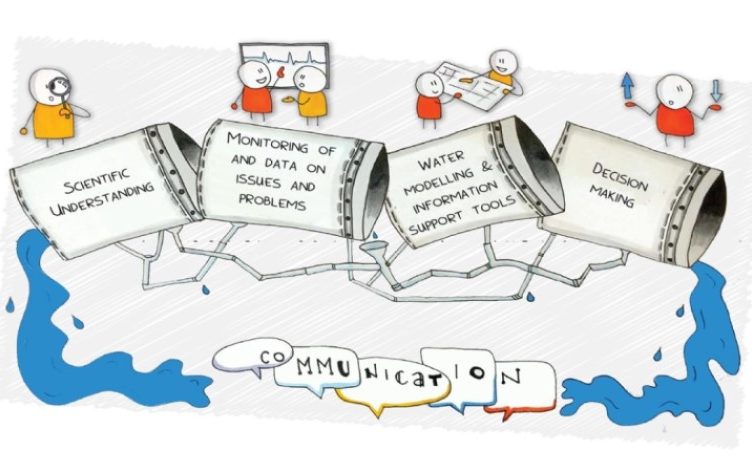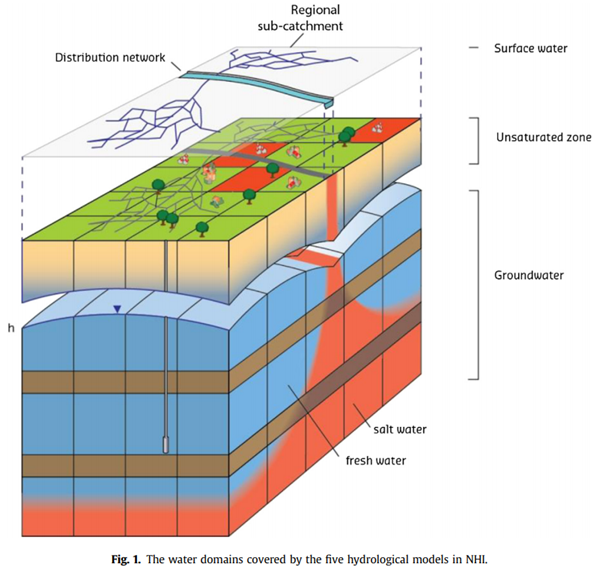
05/12/2024
Event Summary: Overview of water quality modelling projects from the Queensland Water Modelling Network with Callym Dunleavy
Read more
The Dutch have battled against water for centuries. Implementing a water management strategy since World War II focused on discharging the water as quickly as possible to keep dry feet. Annually, The Netherlands receives enough surplus of water via precipitation and river inflow to cover the entire country with 2.5 m of water. Nevertheless, the country experiences times of drought which are expected to increase in severity and duration due to climate change with large impacts on agriculture and nature if no drastic changes to the water management strategies are implemented. Especially the groundwater dependent wetland areas are very vulnerable to old-fashioned water management approaches in combination with increased droughts.
To quantify the impact of water management strategies and drought on these nature areas a model study with The Netherlands Hydrological Instrument (NHI) has been performed. The NHI is an integrated modelling framework (figure 1, below) that models the surface water (MOZART and distribution model), unsaturated zone (MetaSWAP), groundwater (MODFLOW), and since recently fresh and salt groundwater (iMOD-wq). The integrated modelling framework enables system wide analysis while taking into account the connection between the different components.

The model study showed that, with the current water management strategies, during droughts groundwater levels and soil moisture conditions decreases to a critical level. As a result, groundwater discharge in wetland areas reduced significantly or even disappeared. The subsequent droughts of 2018 and 2019 had a devastating impact on nature areas. There was a decline in biodiversity which is not expected to recover within five years.
We concluded that during a drought operational measures are limited to restricting surface and groundwater abstractions and a structural change of the entire water system is required to mitigate a drought. Already under normal meteorological conditions, the water system is far from robust and conflicting water interest between agriculture, drinking water abstractions and nature which act in the same spatial space is the major task to make the water system future proof.
The optimal situation will not always, and everywhere, be possible and difficult decision need to be made, especially concerning the benefits between nature and agriculture.